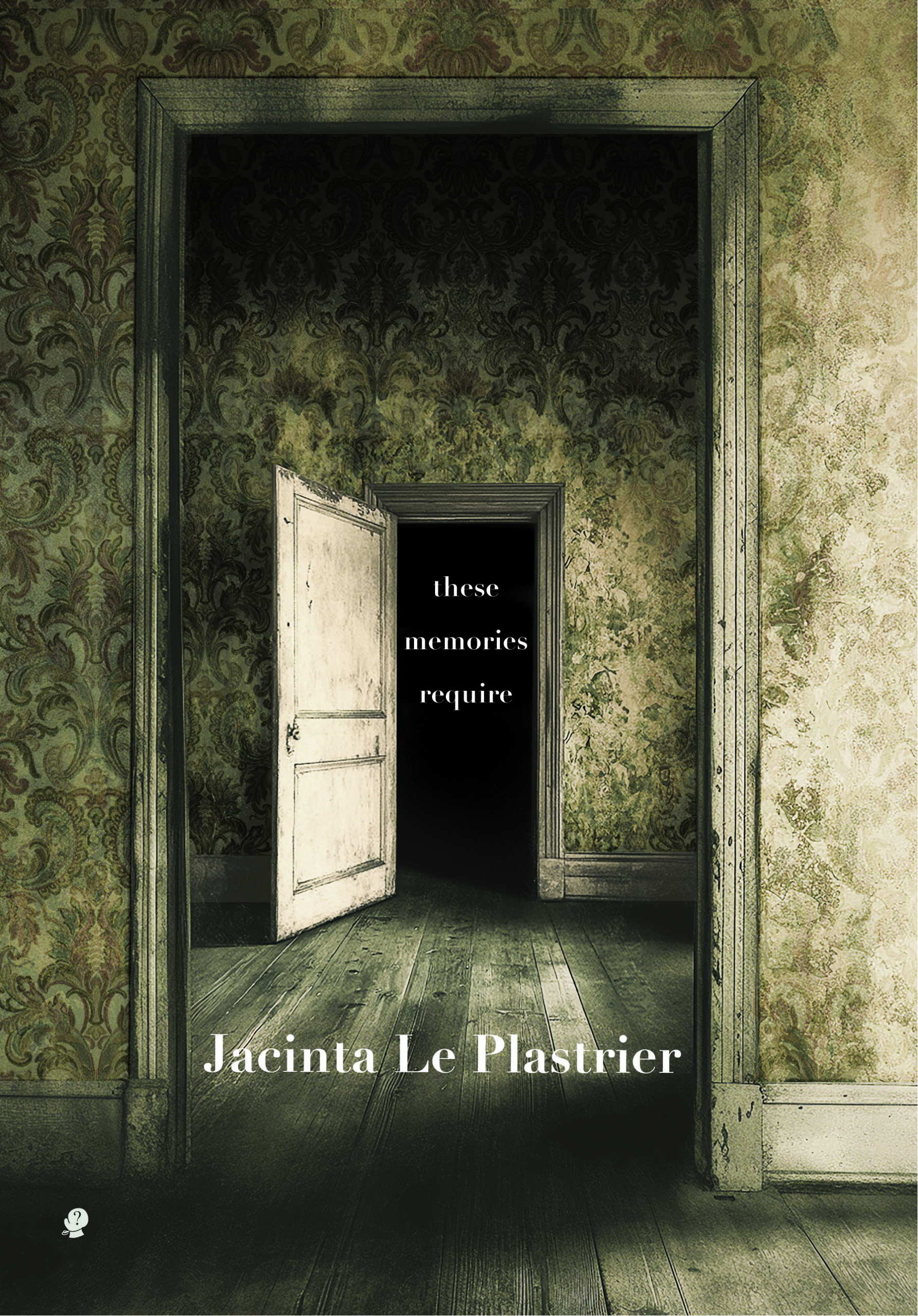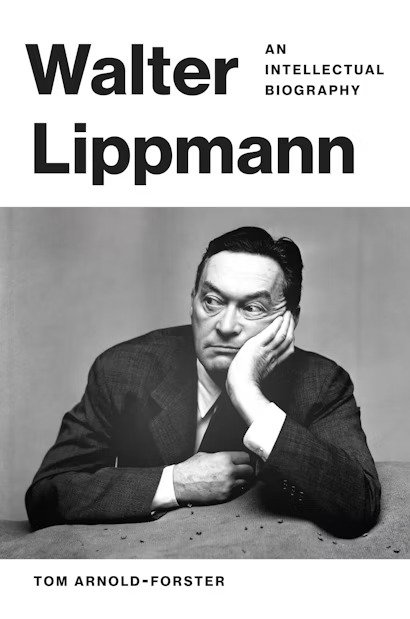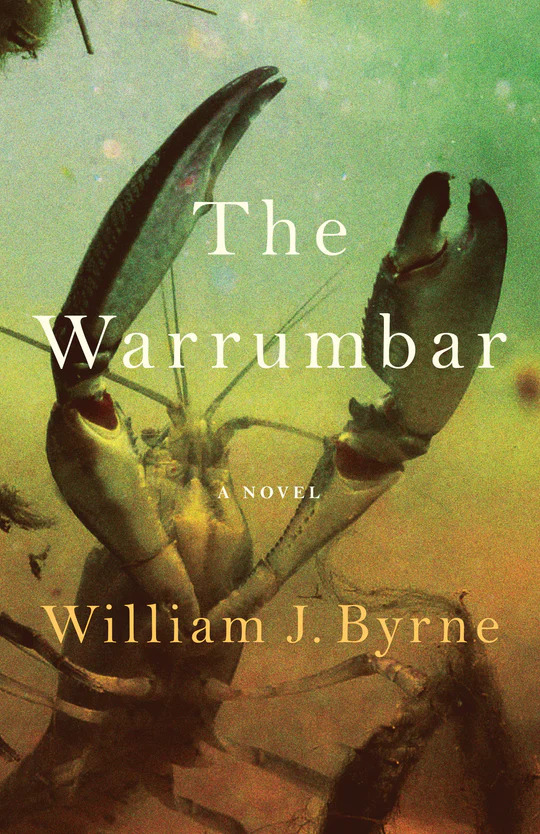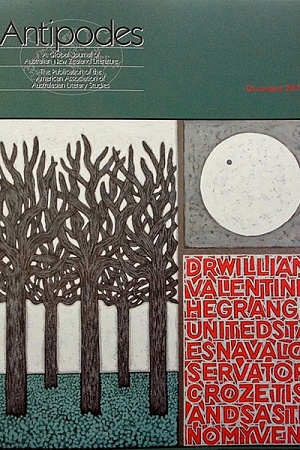The Hollow Bones
Vintage, $32.99 pb, 336 pp, 9780143788911
The Hollow Bones by Leah Kaminsky
Leah Kaminsky’s novel The Hollow Bones focuses on Ernst Schäfer, a German who was sent to Tibet by Himmler in the late 1930s, outwardly to collect plant and animal specimens; secretly to ‘search for the origins of the Aryan race’. Himmler’s abhorrent obsessions are not focused on – indeed, Schäfer’s expedition only makes up the final third of Kaminsky’s book. The first two-thirds concentrate on Ernst’s relationship with his young wife, Herta, and his deepening involvement with the SS.
Intended to interrogate the moral slip of a man who took advantage of the Reich to advance his career, The Hollow Bones does not have the emotional resonance of Kaminsky’s début, The Waiting Room (2015). That novel – told from the perspective of a daughter of Holocaust survivors – is fluid with the movement of memory, exploring grief with sensitivity and depth. It is warm and funny, detailing its characters and their milieu with tenderness and buoyancy. This authorial affection does not extend to The Hollow Bones, whose characters feel condemned from the outset. Ernst’s loosening grip on his ethics and himself lacks the expected nuance, difficulty, and grit, particularly where it is the pivotal point in the drama. The signals of his changing temperament feel rigid and fall readily into the usual manoeuvres of represented Nazi behaviour. This, coupled with narrations of taxidermy and Ernst’s pleasure in killing animals, makes the work occasionally feel pantomimic.
This could have been tempered with a closer focus on character, but one gets the feeling Kaminsky is not interested in making us feel sympathy for her protagonists. The true hero, the one that is lingered over and mourned, is nature: rendered beautifully in the birds, forests, and flowers near Ernst and Herta’s childhood homes. Here, the author sets out an irretrievable idyll we can all relate to – one which, in this story, Nazism removes access to for good.











Leave a comment
If you are an ABR subscriber, you will need to sign in to post a comment.
If you have forgotten your sign in details, or if you receive an error message when trying to submit your comment, please email your comment (and the name of the article to which it relates) to ABR Comments. We will review your comment and, subject to approval, we will post it under your name.
Please note that all comments must be approved by ABR and comply with our Terms & Conditions.